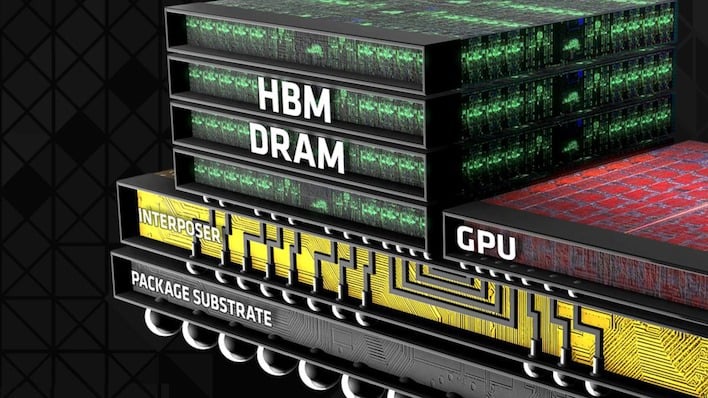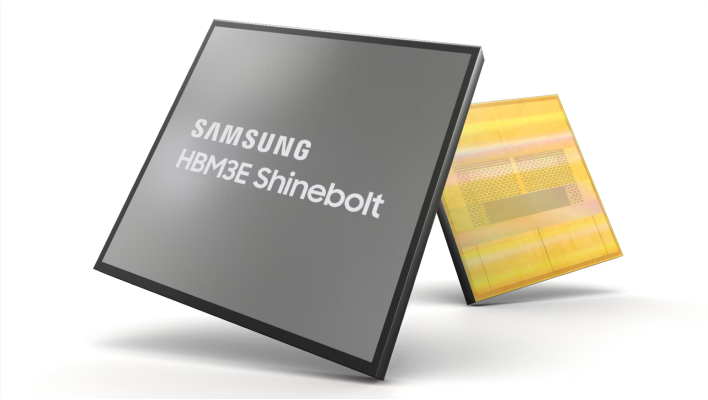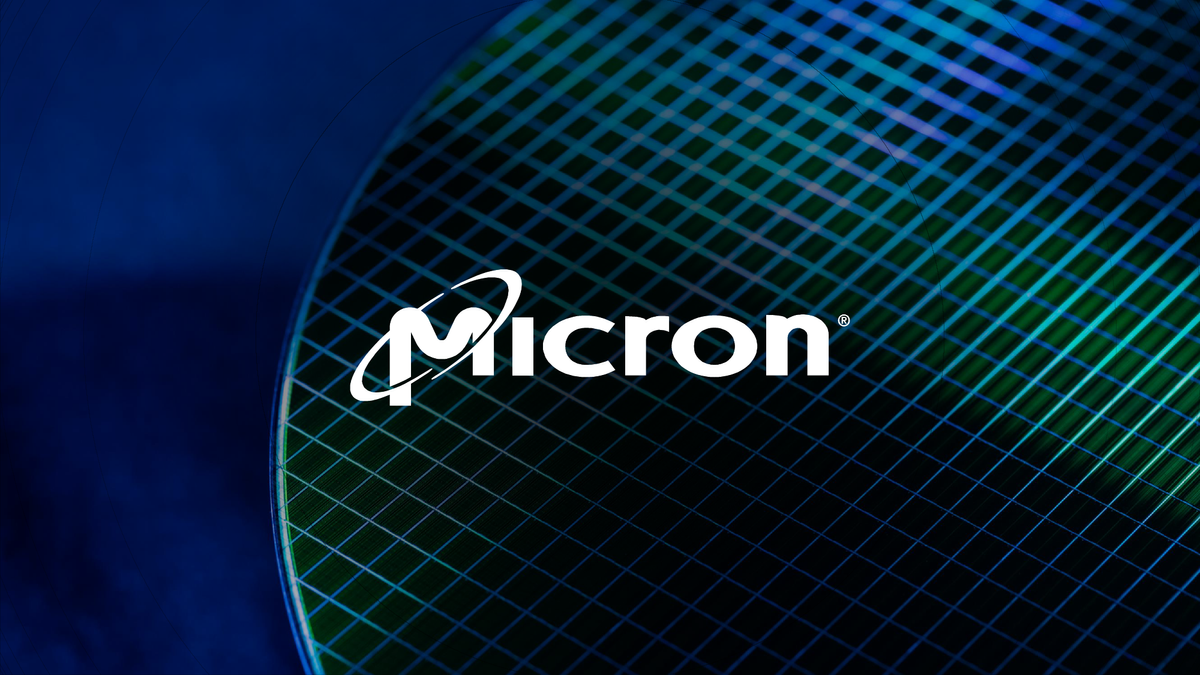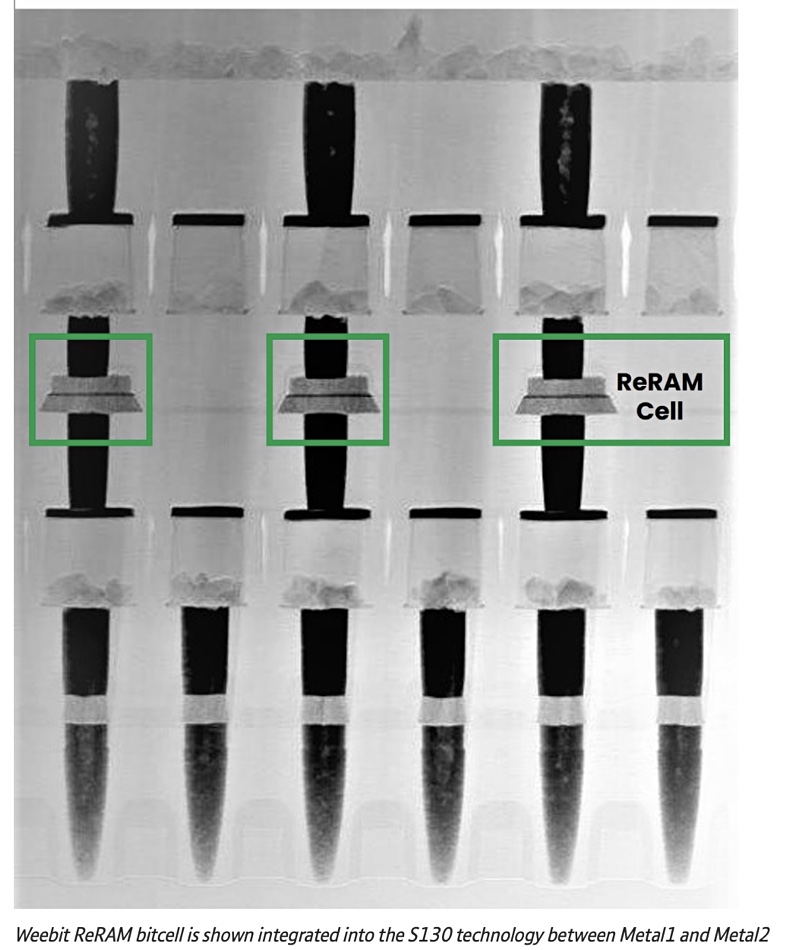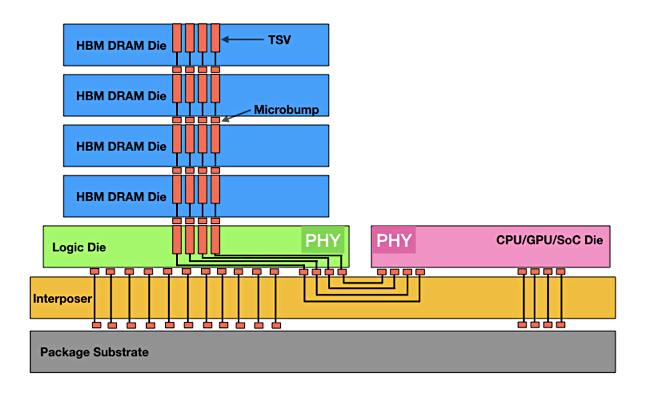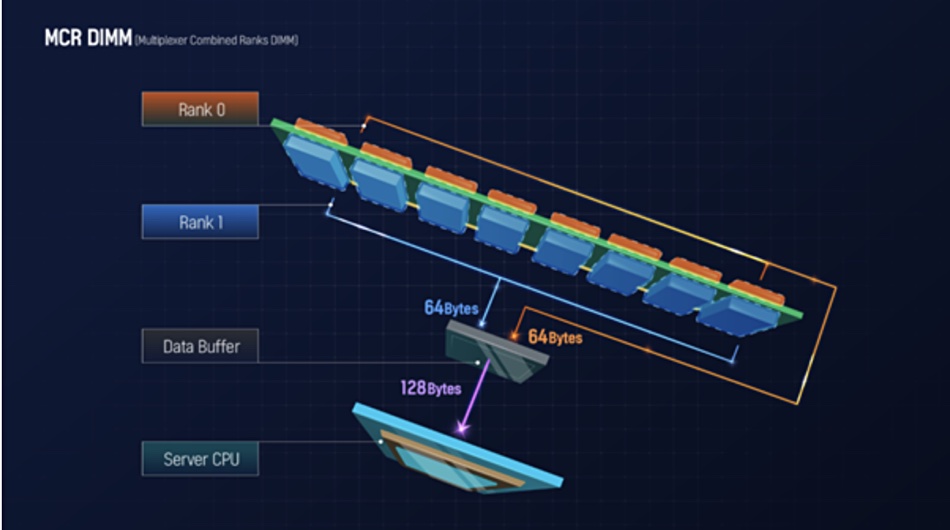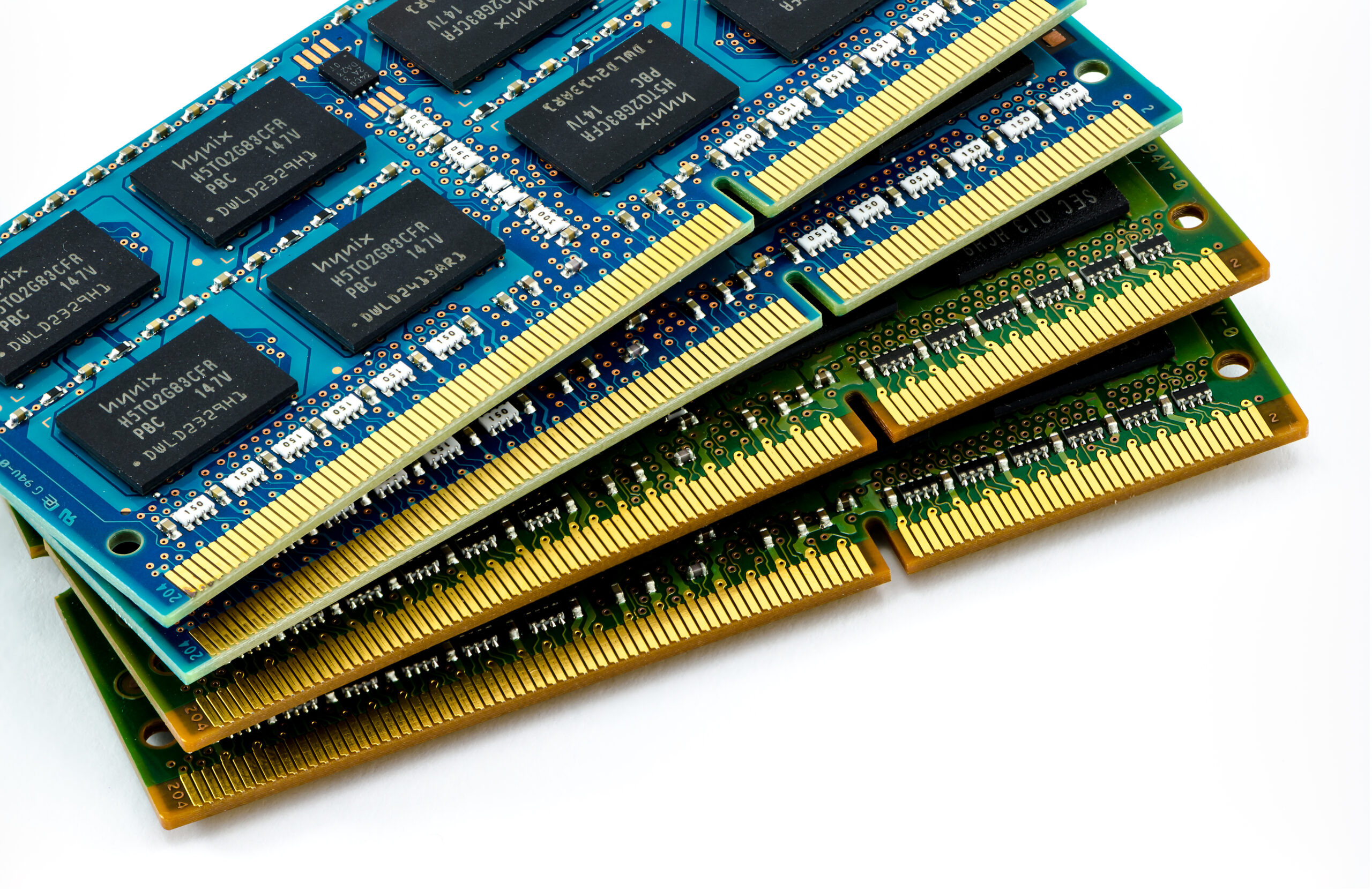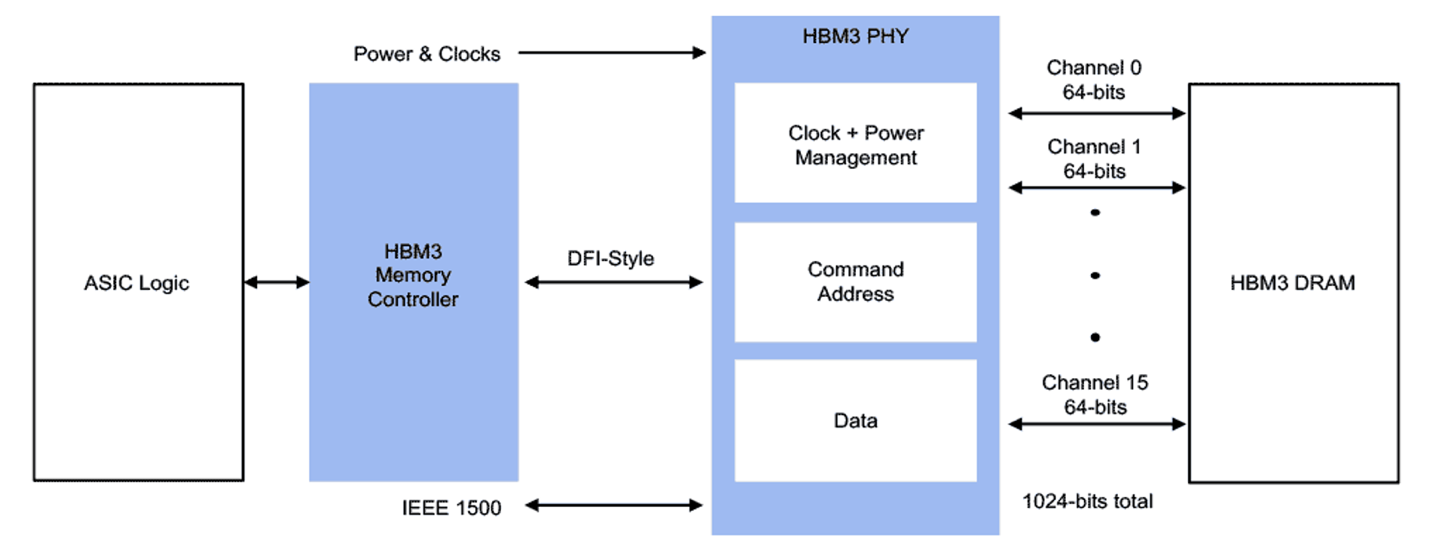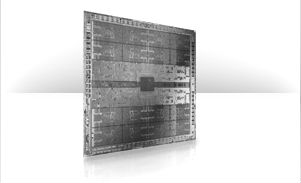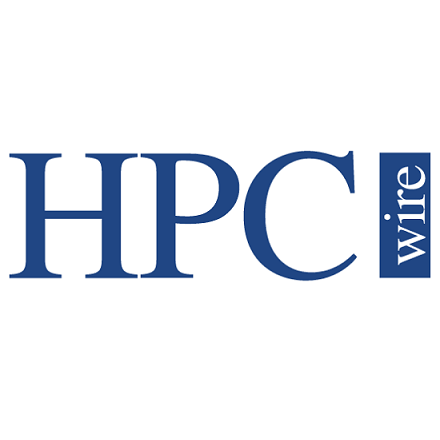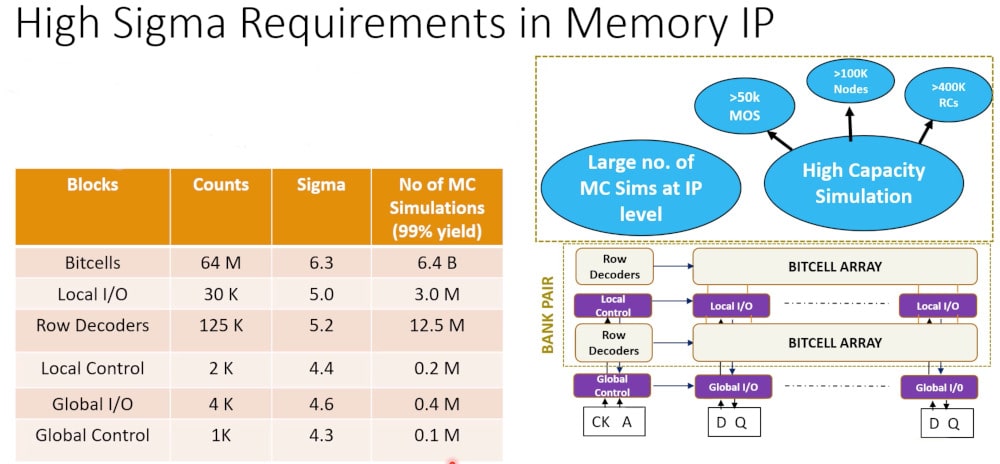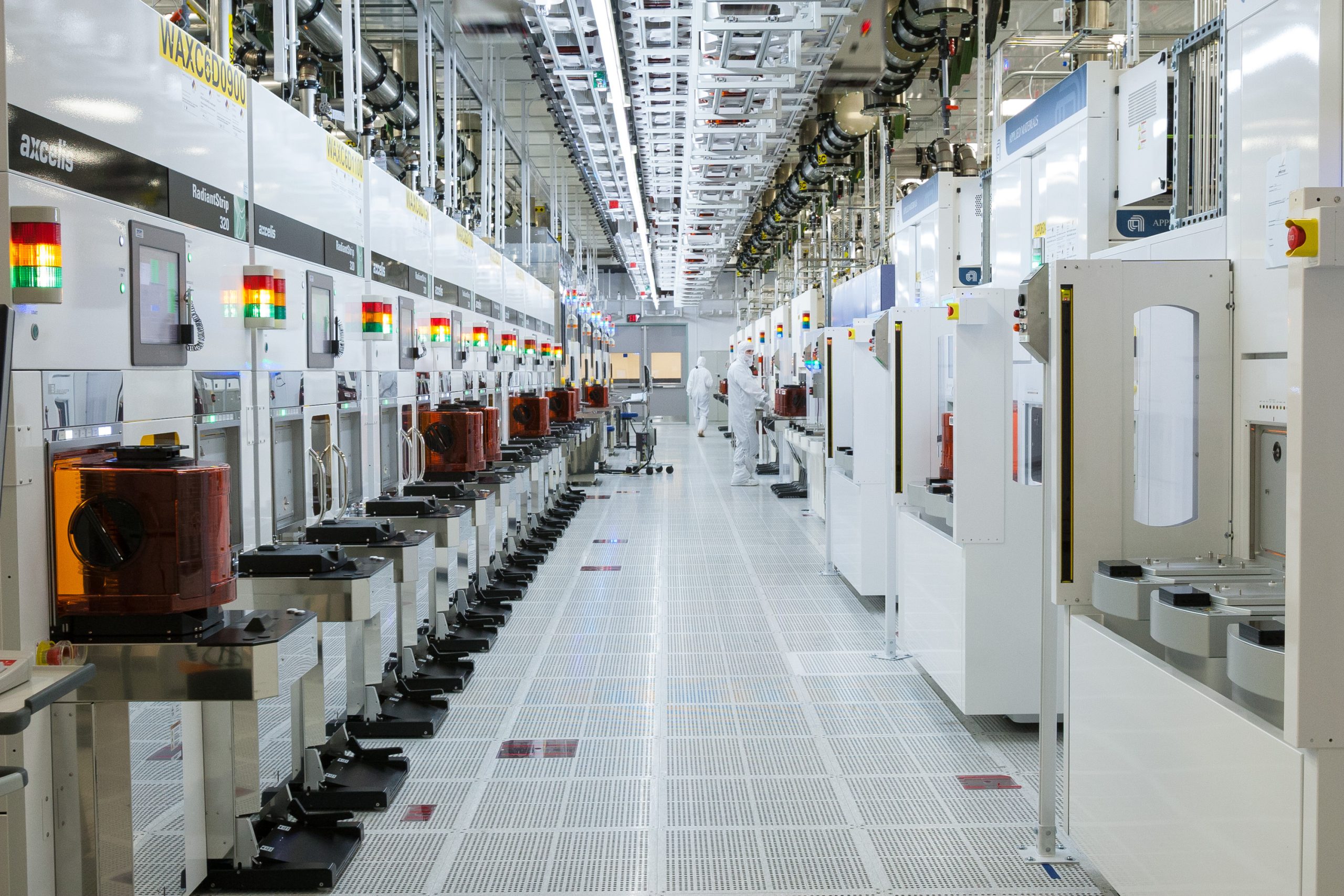semiconductors/semiconductor-memory
It hasn’t achieved commercial success, but there is still plenty of development happening; analog IMC is getting a second chance.
While Intel's primary product focus is on the processors, or brains, that make computers work, system memory (that's DRAM) is a critical component for performance. This is especially true in servers, where the multiplication of processing cores has outpaced the rise in memory bandwidth (in other wor...
HBM4 is going to double the bandwidth of HBM3, but not through the usual increase in clock rate.
Demand for high-bandwidth memory is driving competition -- and prices -- higher
Rambus has unveiled its next-gen GDDR7 memory controller IP, featuring PAM3 Signaling, and up to 48 Gbps transfer speeds.
Micron’s NVDRAM chip could be a proving ground for technologies used in other products – and not become a standalone product itself. The 32Gb storage-class nonvolatile random-access memory chip design was revealed in a Micron paper at the December IEDM event, and is based on ferroelectricRAM technology with near-DRAM speed and longer-than-NAND endurance. Analysts we […]
We're getting a first glimpses of Samsung's next-generation HBM3E and GDDR7 memory chips.
Quarterly Ramp for Nvidia, Broadcom, Google, AMD, AMD Embedded (Xilinx), Amazon, Marvell, Microsoft, Alchip, Alibaba T-Head, ZTE Sanechips, Samsung, Micron, and SK Hynix
GDDR7 is getting closer, says Micron.
Though it'll arrive just in time for mid-cycle refresh from AMD, Nvidia, and Intel, it's unclear if there will be any takers just yet.
Micron $MU looks very weak in AI
Panmnesia has devised CXL-based vector search methods that are much faster than Microsoft’s Bing and Outlook.
We asked memory semiconductor industry analyst Jim Handy of Objective Analysis how he views 3D DRAM technology.
New memory technologies have emerged to push the boundaries of conventional computer storage.
A new technical paper titled “Fundamentally Understanding and Solving RowHammer” was published by researchers at ETH Zurich. Abstract “We provide an overview of recent developments and future directions in the RowHammer vulnerability that plagues modern DRAM (Dynamic Random Memory Access) chips, which are used in almost all computing systems as main memory. RowHammer is the... » read more
USC researchers have announced a breakthrough in memristive technology that could shrink edge computing for AI to smartphone-sized devices.
ReRAM startup Intrinsic Semiconductor Technologies has raised $9.73 million to expand its engineering team and bring its product to market.
New applications require a deep understanding of the tradeoffs for different types of DRAM.
A technical paper titled “Beware of Discarding Used SRAMs: Information is Stored Permanently” was published by researchers at Auburn University. The paper won “Best Paper Award” at the IEEE International Conference on Physical Assurance and Inspection of Electronics (PAINE) Oct. 25-27 in Huntsville. Abstract: “Data recovery has long been a focus of the electronics industry... » read more
SK hynix boosts DDR5 DRAM speed
Conventional wisdom says that trying to attach system memory to the PCI-Express bus is a bad idea if you care at all about latency. The further the memory
Using new materials, UPenn researchers recently demonstrated how analog compute-in-memory circuits can provide a programmable solution for AI computing.
A new technical paper titled “HiRA: Hidden Row Activation for Reducing Refresh Latency of Off-the-Shelf DRAM Chips” was published by researchers at ETH Zürich, TOBB University of Economics and Technology and Galicia Supercomputing Center (CESGA). Abstract “DRAM is the building block of modern main memory systems. DRAM cells must be periodically refreshed to prevent data... » read more
Changes are steady in the memory hierarchy, but how and where that memory is accessed is having a big impact.
EE Times Compares SRAM vs. DRAM, Common Issues With Each Type Of Memory, And Takes A Look At The Future For Computer Memory.
Nvidia has staked its growth in the datacenter on machine learning. Over the past few years, the company has rolled out features in its GPUs aimed neural
PARIS — If you’ve ever seen the U.S. TV series “Person of Interest,” during which an anonymous face in the Manhattan crowd, highlighted inside a digital
Innovative new clocking schemes in the latest LPDDR standard enable easier implementation of controllers and PHYs at maximum data rate as well as new options for power consumption.
Getting data in and out of memory faster is adding some unexpected challenges.
PALO ALTO, Calif., August 19, 2019 — UPMEM announced today a Processing-in-Memory (PIM) acceleration solution that allows big data and AI applications to run 20 times faster and with 10 […]
Experts at the Table: Which type of DRAM is best for different applications, and why performance and power can vary so much.
Emerging memory technologies call for an integrated PVD process system capable of depositing and measuring multiple materials under vacuum.
This article will take a closer look at the commands used to control and interact with DRAM.
Over the last two years, there has been a push for novel architectures to feed the needs of machine learning and more specifically, deep neural networks.
A full fix for the “Half-Double” technique will require rethinking how memory semiconductors are designed.
Pushing AI to the edge requires new architectures, tools, and approaches.
SRAM cell architecture introduction: design and process challenges assessment.
How side-band, inline, on-die, and link error correcting schemes work and the applications to which they are best suited.
Looking at a typical SoC design today it's likely to…
With no definitive release date for DDR5, DDR4 is making significant strides.
Micron's GDDR6X is one of the star components in Nvidia's RTX 3070, 3080, and 3080 video cards. It's so fast it should boost gaming past the 4K barrier.
Good inferencing chips can move data very quickly
“Industry 4.0” is already here for some companies—especially silicon foundries.
How much power is spent storing and moving data.
Comparing different machine learning use-cases and the architectures being used to address them.
The previous post in this series (excerpted from the Objective Analysis and Coughlin Associates Emerging Memory report) explained why emerging memories are necessary. Oddly enough, this series will explain bit selectors before defining all of the emerging memory technologies themselves. The reason why is that the bit selector determines how small a bit cell can
Processing In Memory Growing volume of data and limited improvements in performance create new opportunities for approaches that never got off the ground.
Micron notes that GDDR6 has silicon changes, channel enhancements, and talks a bit about performance measurements of the new memory.
New computing architectures aim to extend artificial intelligence from the cloud to smartphones


